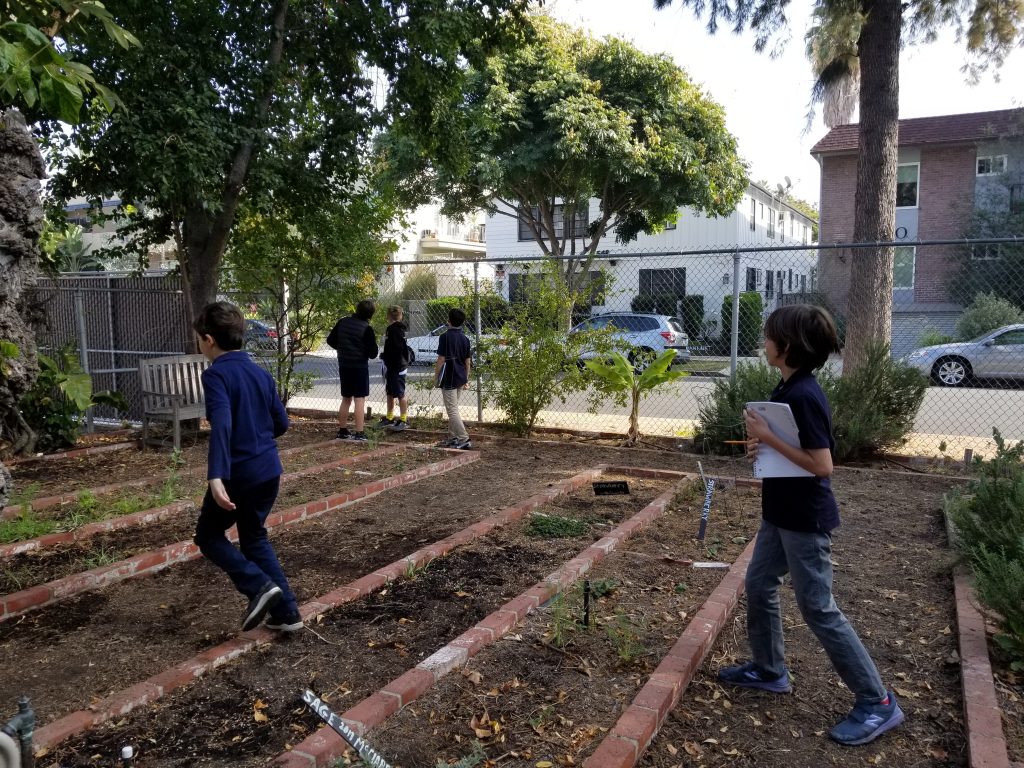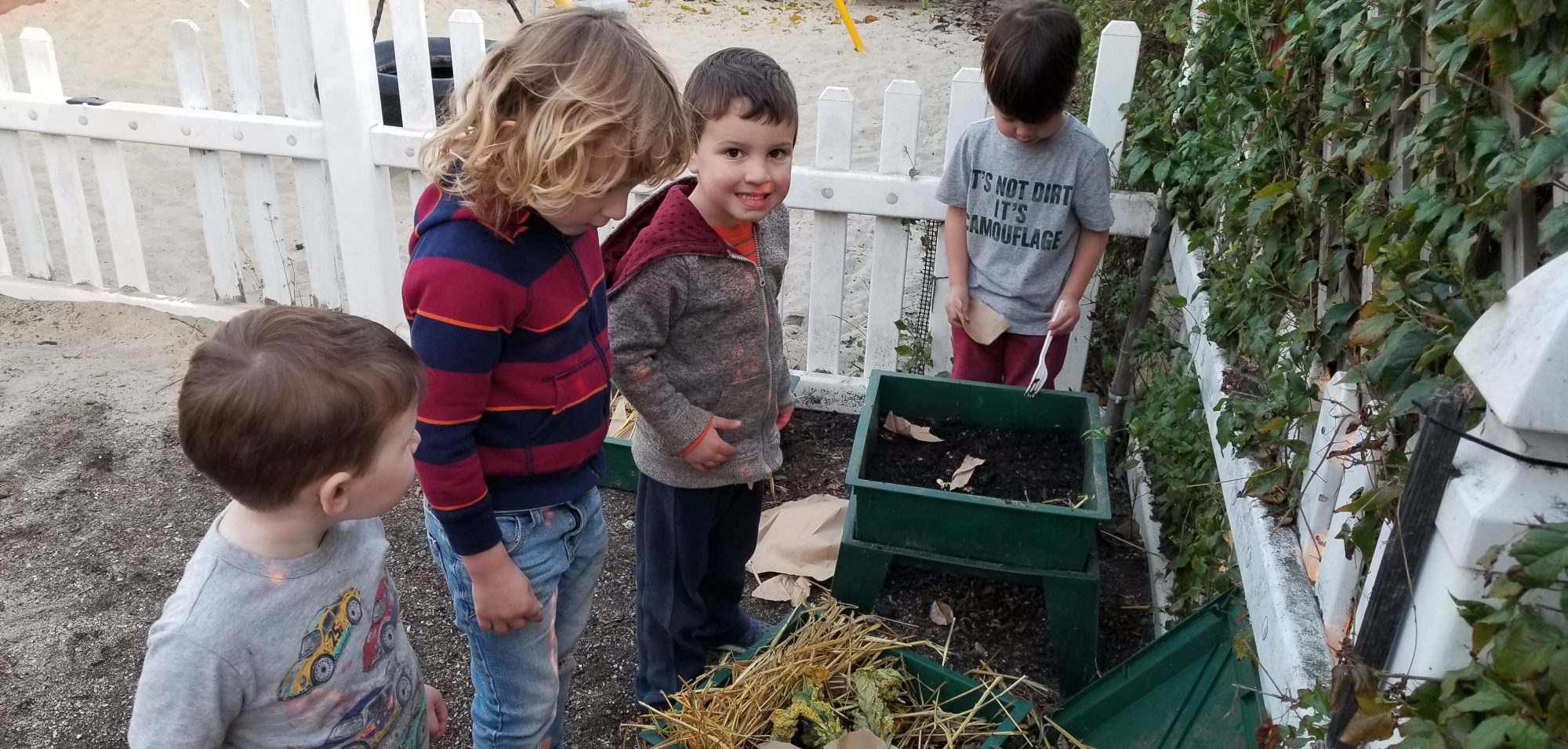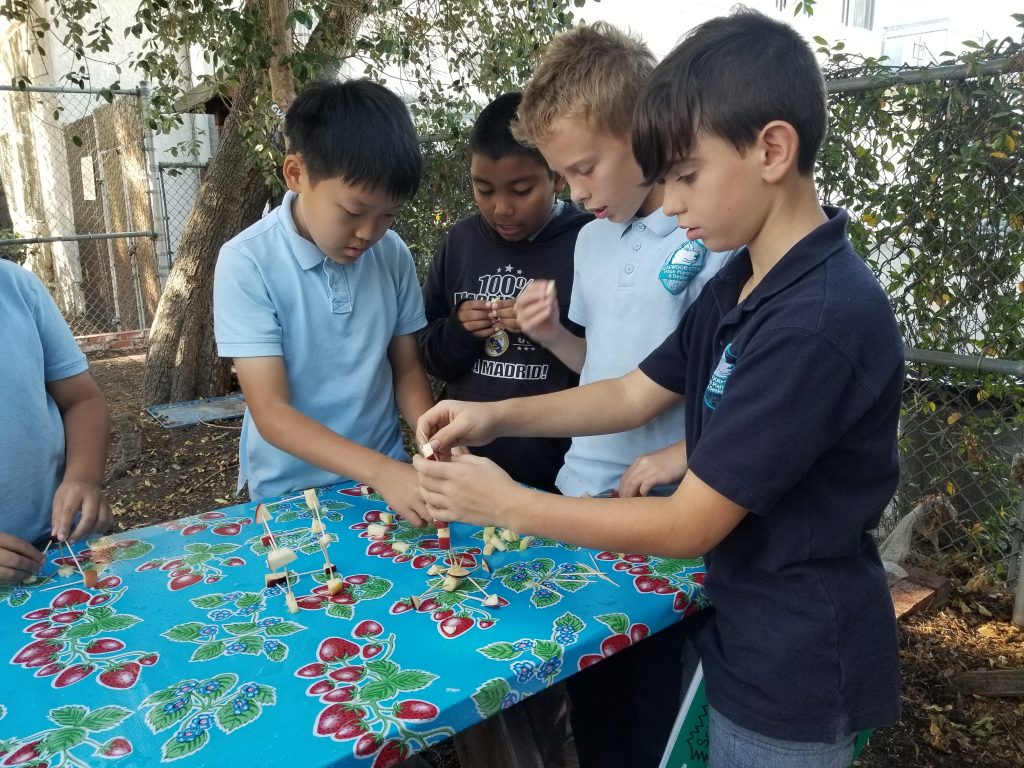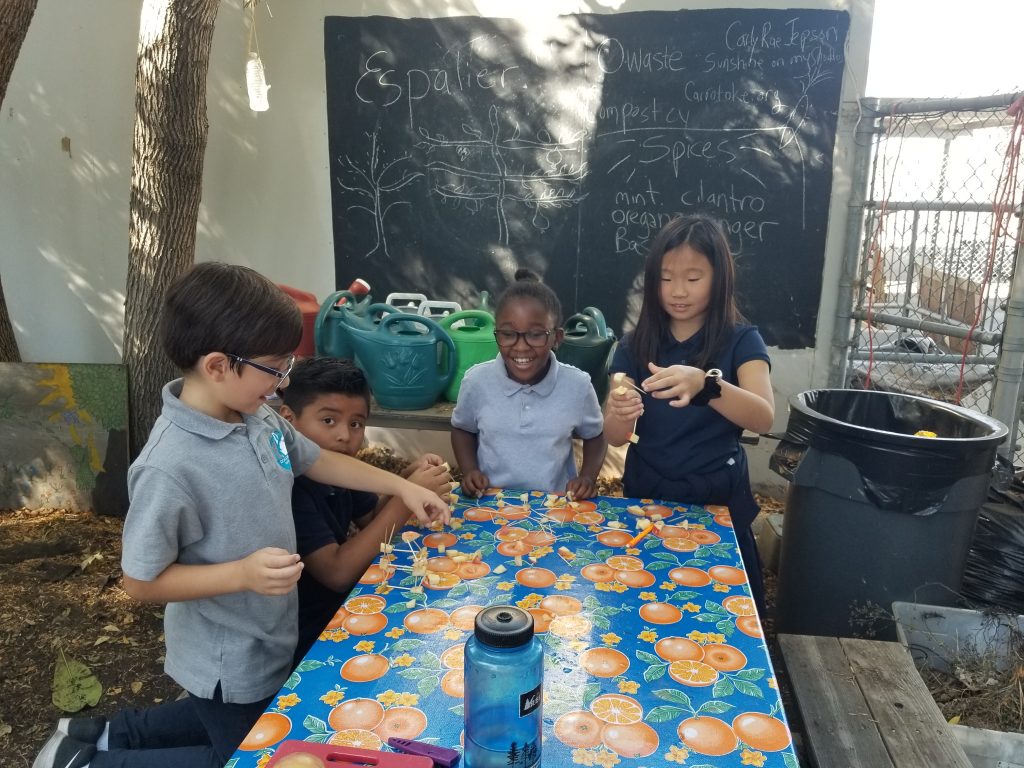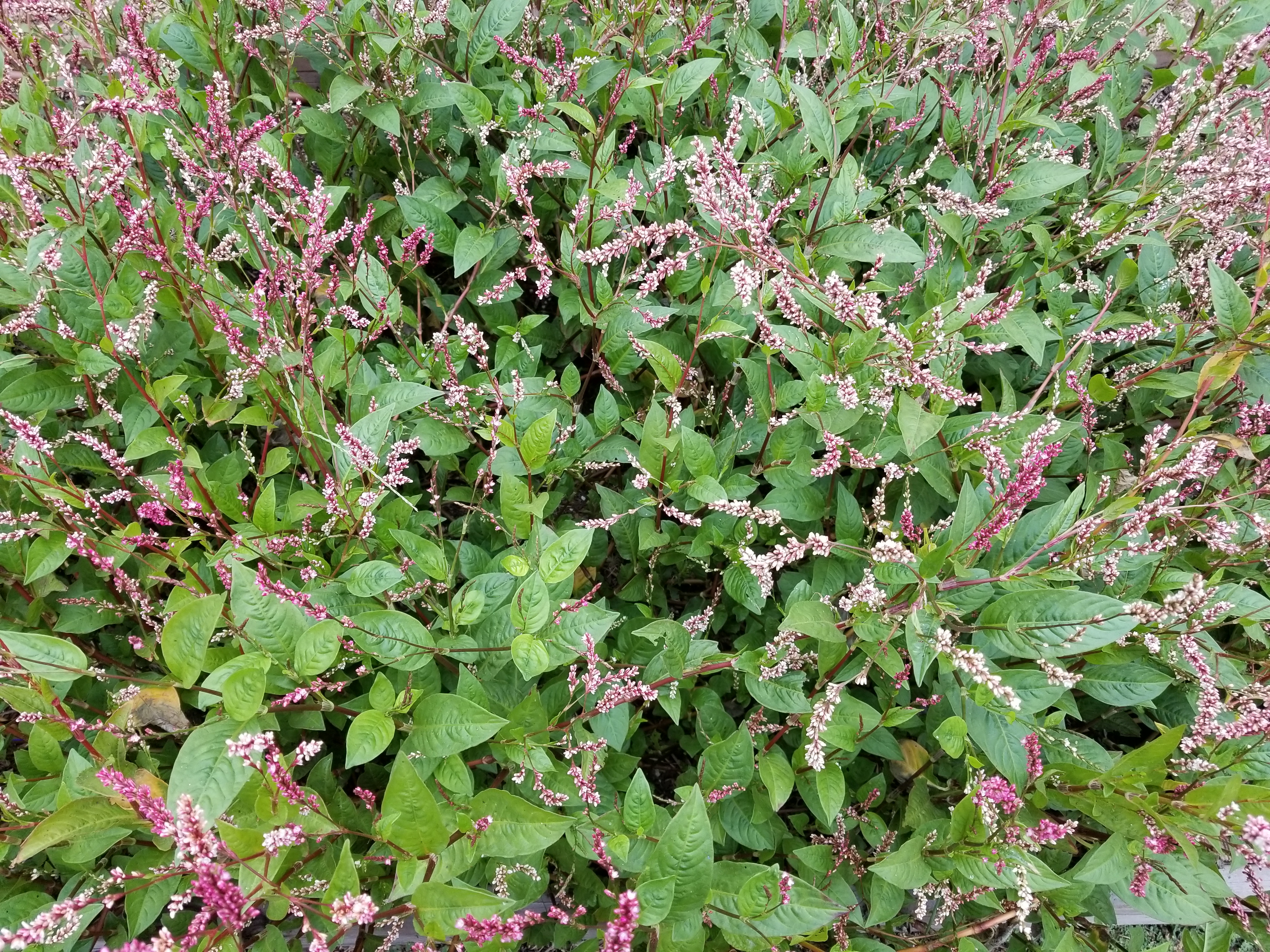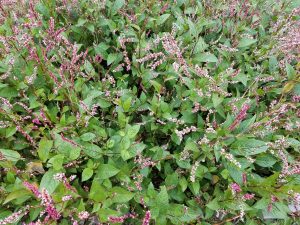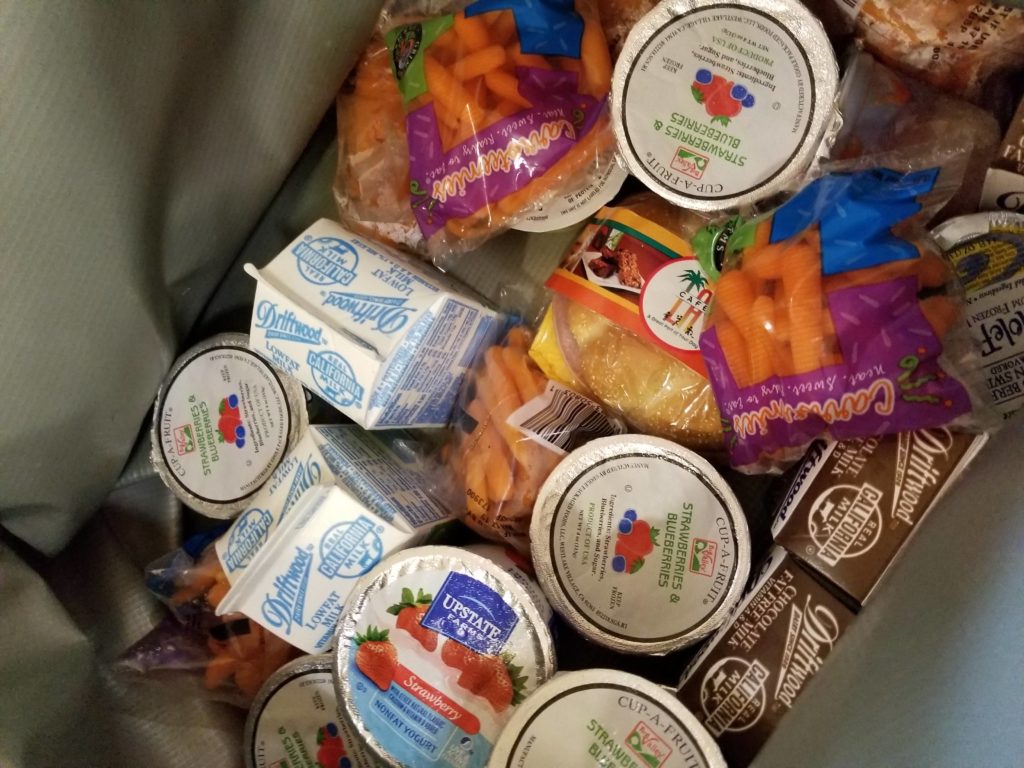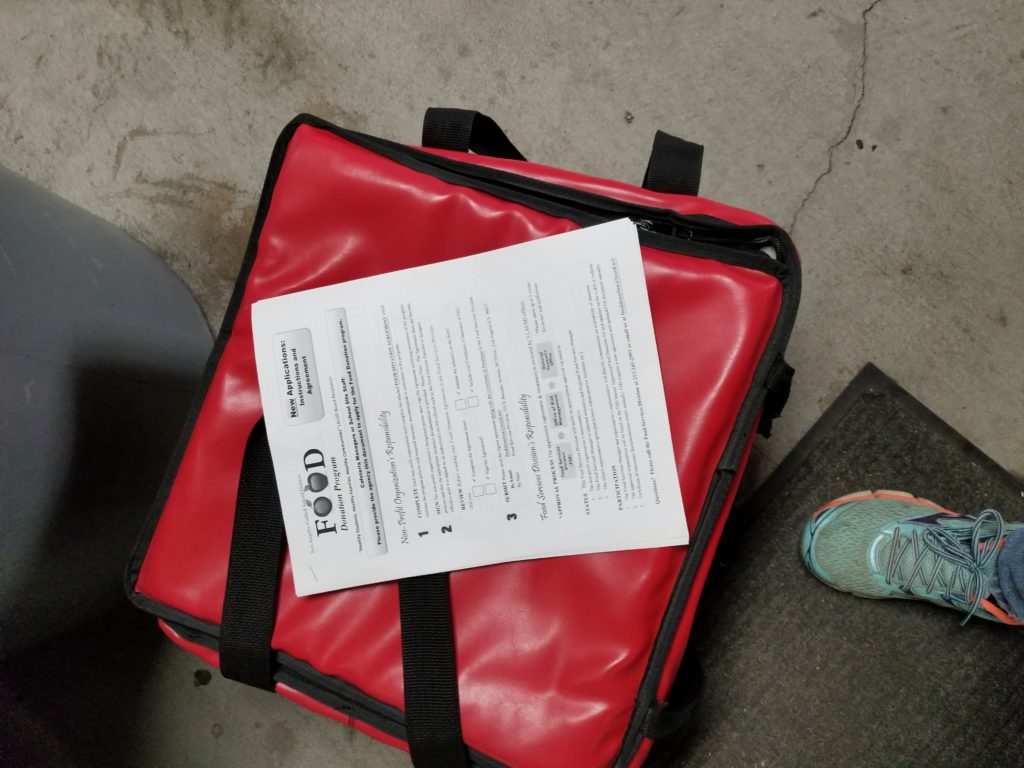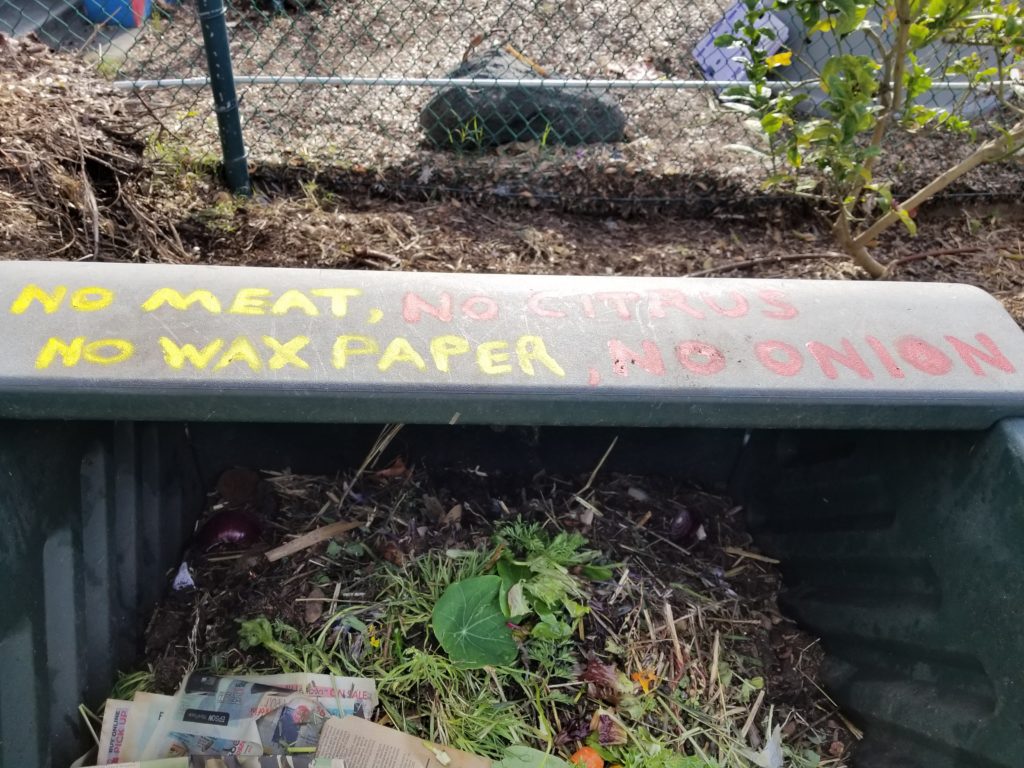Happy New Year! With the new year comes so much promise of what we want to do with our year – from our health, our mind, and our soul. One of the most nourishing things I’ve been able to do is create a space where I can grow fruits and vegetables from seed. Growing food from seed has taught me a lot about patience, or lack of it. It’s also taught me that we can’t control nature. I have a complex relationship with my dogs, my cats, my plants and the neighborhood squirrels.
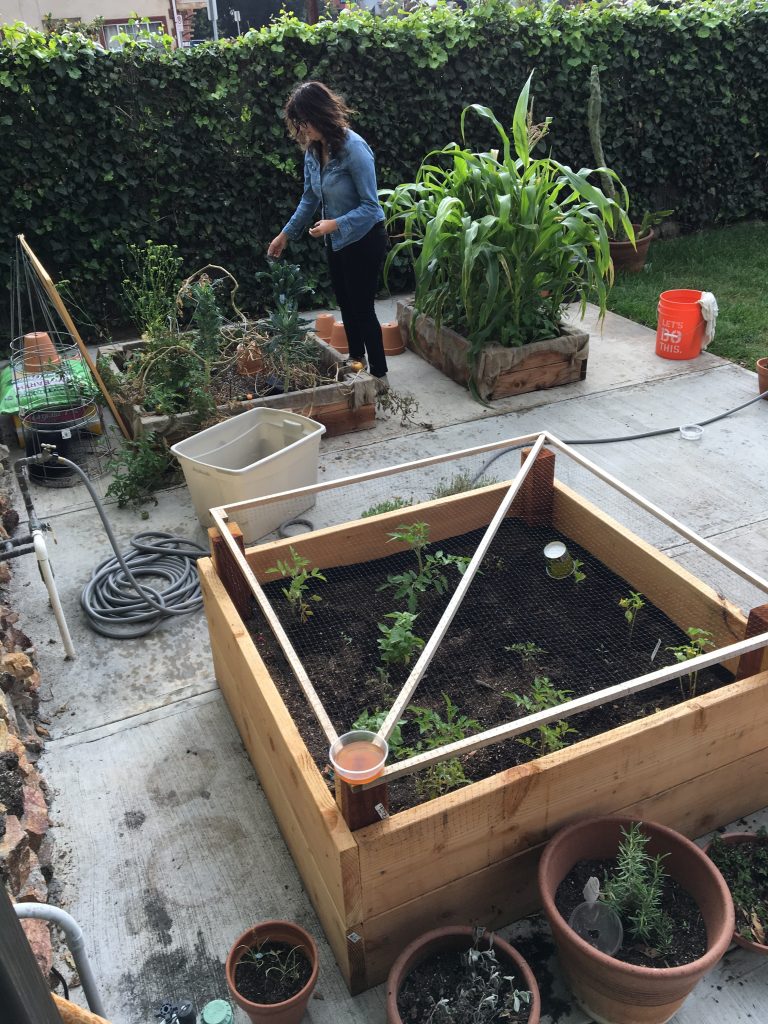
I used to stress so much about my kale growing in rows, my lettuce being the pretty speckled kind, and well those french radishes are oh so pretty to show off. What’s been the show stopper for my friends is humble-bragging that the lettuce came from the yard, that the guava jam came from a hearty yield, and that lemonade – that’s homemade too. It’s nice to have the ego boost. To be honest, the best thing for us, as a family, has been to grab food from our raised bed. Hear me out – I feel tired some days; between picking up my kid from school and work, I just don’t want to run back out. And sometimes with the right grains and picking some lettuce and having a lemon on hand has kept us at home. Not driving is awesome!
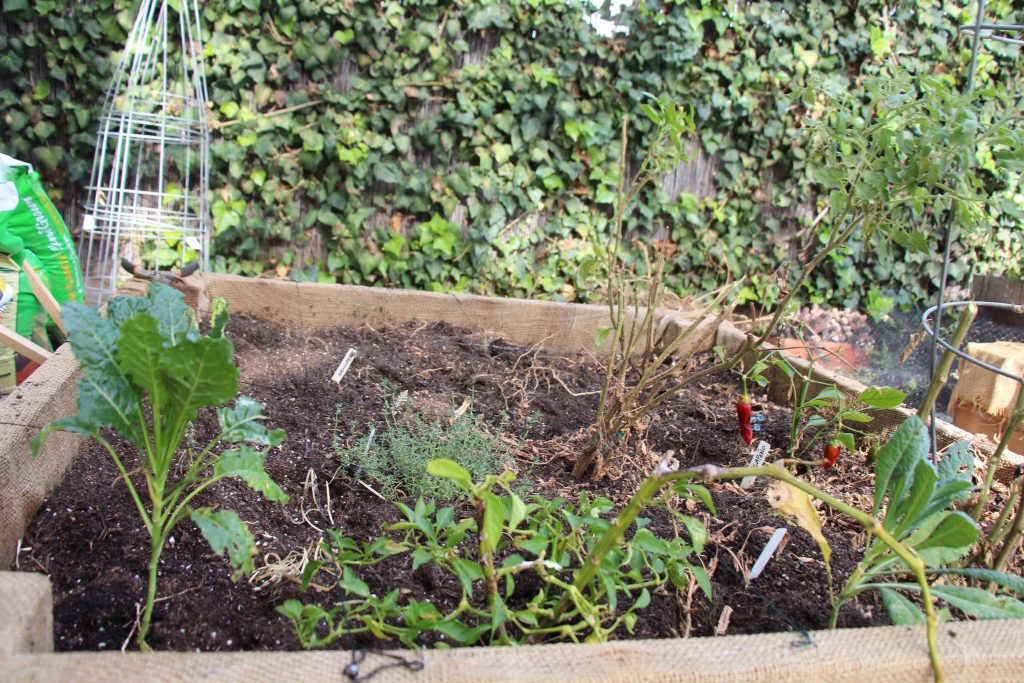
Another important perk is that my kid snacks while I garden. He likes veggies, not because I cook in this fantastic way – I just know some basics. He likes veggies because he grows them, he plants seeds, he waters and it works for us.
I’m going to add some raised beds I’ve worked on. Not the prettiest because of the netting – I’ll add pretty ones soon with beautiful flowers. I promise. Whether you have concrete or soil, you can make it work.
